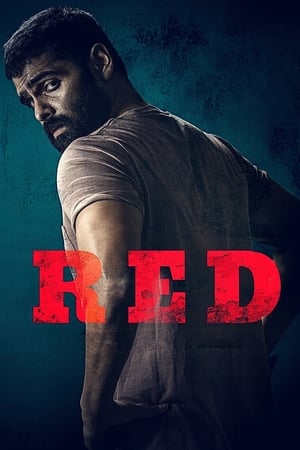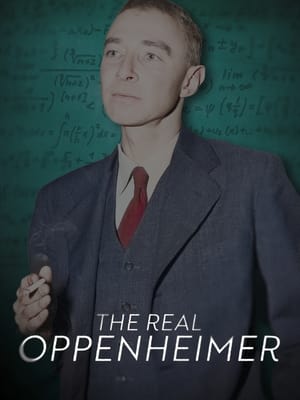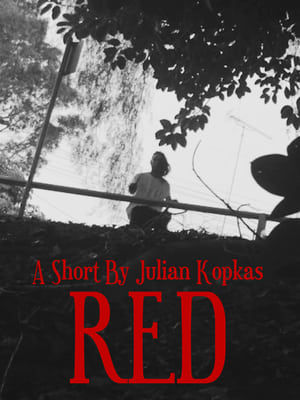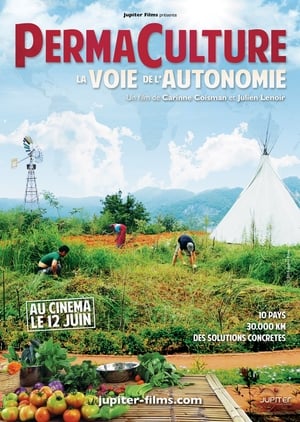

We Who Dwell in the Mountains Cannot Be Blamed for Being There(1974)
A documentary about Swiss mountain folk.
Movie: We Who Dwell in the Mountains Cannot Be Blamed for Being There

Wir Bergler in den Bergen sind eigentlich nicht schuld, dass wir da sind
HomePage
Overview
A documentary about Swiss mountain folk.
Release Date
1974-08-01
Average
6.3
Rating:
3.1 startsTagline
Genres
Languages:
DeutschFrançaisKeywords
Recommendations Movies
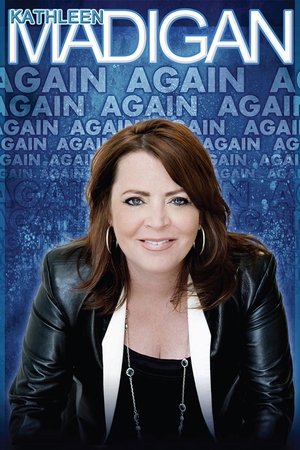 7.6
7.6Kathleen Madigan: Madigan Again(en)
Kathleen Madigan drops in on Detroit to deliver material derived from time spent with her Irish Catholic Midwest family, eating random pills out of her mother's purse, touring Afghanistan, and her love of John Denver and the Lunesta butterfly.
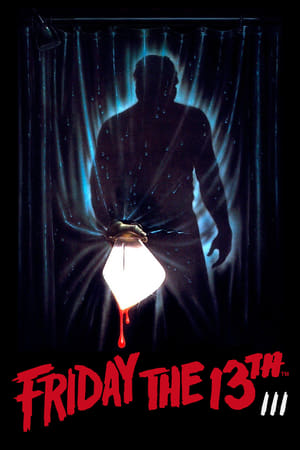 5.9
5.9Friday the 13th Part III(en)
An idyllic summer turns into a nightmare of unspeakable terror for yet another group of naïve friends. Ignoring Camp Crystal Lake's bloody legacy, one by one they fall victim to the maniacal Jason, who stalks them at every turn...
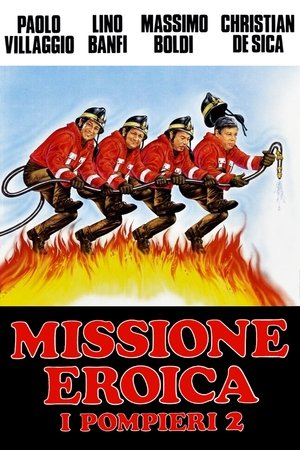 5.5
5.5Firefighters 2: Heroic Mission(it)
Following a twinning between the national fire brigade and the special forces of the Canadian firefighters, Captain Carter arrives in Rome.
RED(as)
SUMMARY:- A girl wakes up early in the morning to witness an immense Pain in her groin area & discovers blood on the bedsheet which makes her very uncomfortable to face her father. The next series of events lead her to understand whether she can speak about it or not, moreover, an important incident is highlighted between the use of face mask and sanitary pads as both are used for protection purposes. In this, her father get involved consciously and maintains stability and at the same time respecting her daughter's emotion in order to make her understand about the scenario, makes it even more effective love & affection for the father-daughter duo in facing each other and also towards the society.
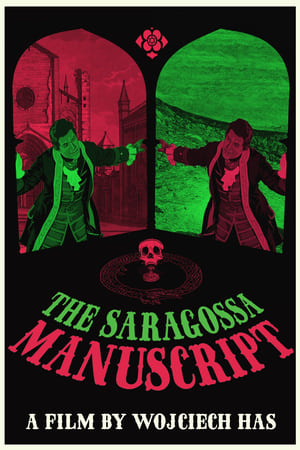 7.9
7.9The Saragossa Manuscript(pl)
During the Napoleonic wars, a Spanish officer and an opposing officer find a book written by the former's grandfather.
 5.6
5.6El jinete justiciero en retando a la muerte(es)
Guy gets mugged on horseback and left for dead; farmgal nurses him back to health and when he's on his feet again, he puts a domino on and swings into J J action.
 5.2
5.2Solar Attack(en)
When the sun's increasing expulsions of plasma threaten to ignite methane in our atmosphere, international tensions rise while scientists race for a solution to avoid natural disaster.
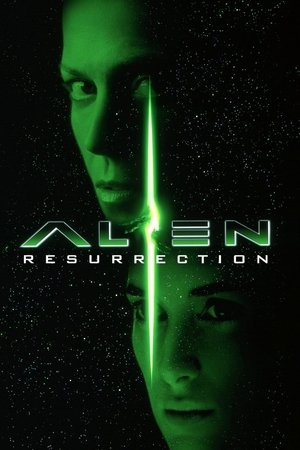 6.2
6.2Alien Resurrection(en)
Two hundred years after Lt. Ripley died, a group of scientists clone her, hoping to breed the ultimate weapon. But the new Ripley is full of surprises … as are the new aliens. Ripley must team with a band of smugglers to keep the creatures from reaching Earth.
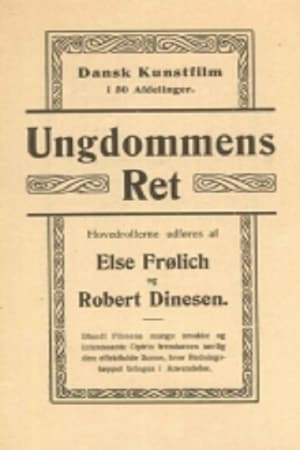 6.6
6.6The Right of Youth(da)
Court huntsman, Søtoft, is courting his daughter Else’s lady-in-waiting, Miss Engelke. That’s why it’s a bit of a punch in the stomach when, late one evening, he discovers his son Ove in close contact with her. Chamberlain von Plessen, who had been gossiping to Søtoft and is himself spying on the young couple, is going to set fire to the room they’re in. The hurt Søtoft wants to leave the young couple to their cruel fate – that is until he discovers that it’s not Engelke, but his daughter Else, who is trapped in the flames with her brother. (Stumfilm.dk)
 5.8
5.8A Nightmare on Elm Street Part 2: Freddy's Revenge(en)
Jesse Walsh moves with his family into the home of the lone survivor from a series of attacks by dream-stalking monster, Freddy Krueger. There, he is bedeviled by nightmares and inexplicably violent impulses.
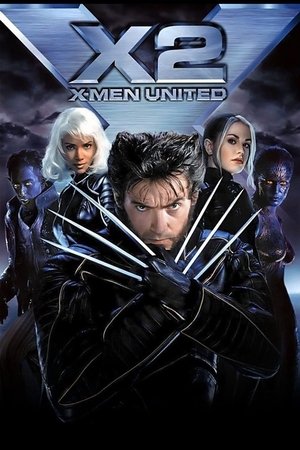 7.0
7.0X2(en)
Professor Charles Xavier and his team of genetically gifted superheroes face a rising tide of anti-mutant sentiment led by Col. William Stryker. Storm, Wolverine and Jean Grey must join their usual nemeses—Magneto and Mystique—to unhinge Stryker's scheme to exterminate all mutants.
 7.2
7.2Mobile Suit Gundam II: Soldiers of Sorrow(ja)
After surviving attacks by Zeon's Char Aznable and Garma Zabi, the crew of Federation warship White Base and its mobile suits must battle Zeon forces through Asia, Europe, and the Atlantic Ocean if they are to reach Earth Federation's headquarters alive. During that process, many of its crewmembers must overcome their fears, losses, immaturities, and insecurities in order to persevere.
Similar Movies
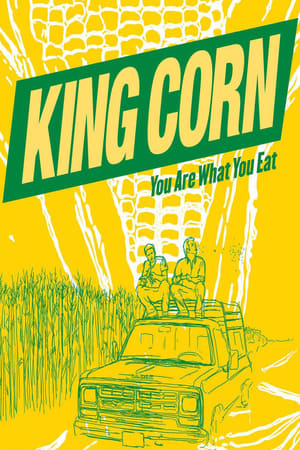 6.3
6.3King Corn(en)
King Corn is a fun and crusading journey into the digestive tract of our fast food nation where one ultra-industrial, pesticide-laden, heavily-subsidized commodity dominates the food pyramid from top to bottom – corn. Fueled by curiosity and a dash of naiveté, two college buddies return to their ancestral home of Greene, Iowa to figure out how a modest kernel conquered America. With the help of some real farmers, oodles of fertilizer and government aide, and some genetically modified seeds, the friends manage to grow one acre of corn. Along the way, they unlock the hilarious absurdities and scary but hidden truths about America’s modern food system in this engrossing and eye-opening documentary.
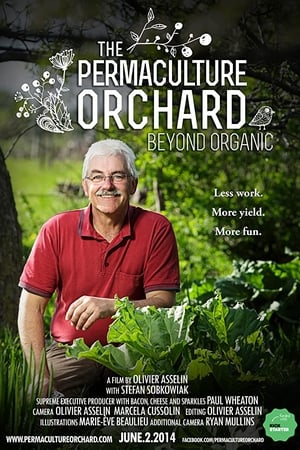 0.0
0.0The Permaculture Orchard: Beyond Organic(fr)
This feature-length educational film teaches you how to set up your own permaculture orchard at virtually any scale. We recognize the limitations of the organic model as a substitute to conventional fruit growing, and want to propose a more holistic, regenerative approach based on permaculture principles. Based on 20 years of applied theory and trial and error, biologist and educator Stefan Sobkowiak shares his experience transforming a conventional apple orchard into an abundance of biodiversity that virtually takes care of itself. The concepts, techniques and tips presented in this film will help you with your own project, whether it is just a few fruit trees in your urban backyard, or a full-scale multi-acre commercial orchard.
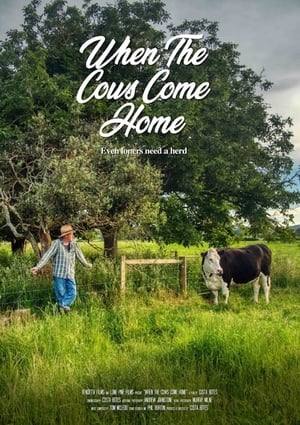 0.0
0.0When the Cows Come Home(en)
When the Cows Come Home introduces audiences to Tilly and Maggie, a pair of cows that musician, journalist, artist and cow whisperer, Andrew Johnstone has befriended and subsequently saved from slaughter. The garrulous herdsman is enthusiastic to expound his views on animal husbandry, bovine communication and the vagaries of life in general, before the film walks us back through the events that have shaped the singular farmer-philosopher. From personal family tragedy to warring with Catholic school authorities, innovating in Hamilton’s nascent music scene to creating guerrilla art installations; Johnstone’s life has had a truly idiosyncratic trajectory. Mental health issues may have seen him retreat to life on the farm, but the film makes clear its subject’s restless inquisitiveness is far from being put out to pasture.
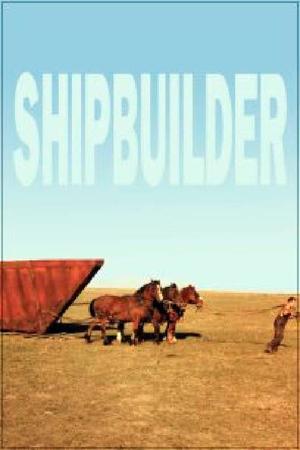 0.0
0.0Shipbuilder(en)
This film recreates the true story of Tom Sukanen, an eccentric Finnish immigrant who homesteaded in Saskatchewan in the 1920s and 1930s. Sukanen spent ten years building and moving overland a huge iron ship that was to carry him back to his native Finland. The ship never reached water.
 6.8
6.8Chang: A Drama of the Wilderness(en)
Elephants disrupt the lives of a family deep in the jungles of Northern Siam, and an entire village.
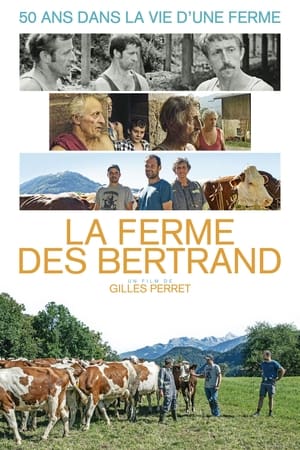 6.6
6.6Bertrand's Farm(fr)
1972 in Haute-Savoie (France) : the Bertrand's farm, with a hundred dairy cows owned by three bachelor brothers, is filmed for the first time. In 1997, they were the subject of Gilles Perret's first movie, as they let their farm to their nephew Patrick and his wife Hélène. Nowadays, 25 years later, Gilles Perret take another look at this farm, managed by Hélène who will step down. Through their words, an intimate, social and economic history of the rural world.
 8.0
8.0The Whisper of the Leaves(es)
A poetic and contemplative journey of harmony between different forms of life that coexist on the earth. This film is a meditation on the effect of time, movement of the human spirit, and passage to new forms of life, through the eyes, ears, and bodies of three elderly land workers living in a small community in the outskirts of Bauta, Cuba.
Land Rush(en)
A partnership between the Government of Mali and an American agricultural investor may see 200-square kilometers of Malian land transformed into a large-scale sugar cane plantation. Land Rush documents the hopes, fears, wishes, and demands of small-scale subsistence farmers in the region who look to benefit, or lose out, from the deal.
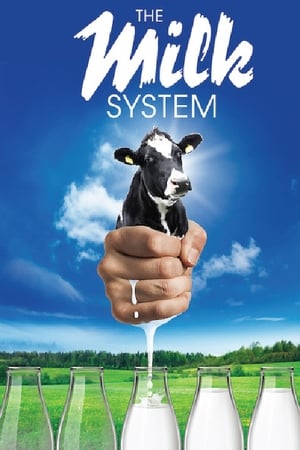 6.9
6.9The Milk System(de)
Milk is Big Business. Behind the innocent appearances of the white stuff lies a multi-billion euro industry, which perhaps isn't so innocent…
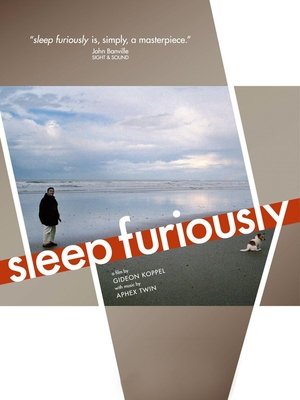 5.7
5.7Sleep Furiously(en)
Set in a small farming community in mid Wales, a place where Koppel's parents - both refugees - found a home. This is a landscape and population that is changing rapidly as small scale agriculture is disappearing and the generation who inhabited a pre-mechanised world is dying out. Much influenced by his conversations with the writer Peter Handke, the film maker leads us on a poetic and profound journey into a world of endings and beginnings; a world of stuffed owls, sheep and fire.
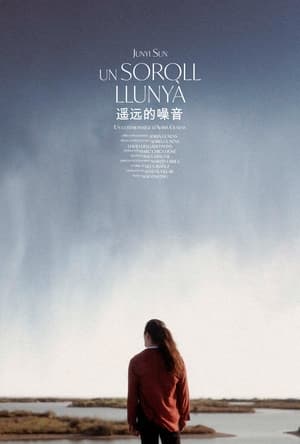 0.0
0.0A Distant Noise(ca)
During the rice sowing season, Jun, a young Catalan of Chinese origin, works as a seasonal worker in the Ebro Delta. This ancient labour will make him confront his own roots and the distance that separates him from his family.
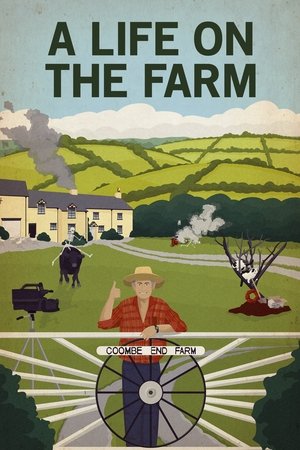 7.0
7.0A Life on the Farm(en)
A strange story from Somerset, England about a filmmaking farmer and the inspiring legacy of his long-lost home movies.
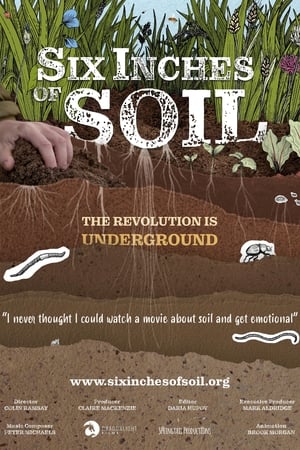 0.0
0.0Six Inches of Soil(en)
The inspiring story of British farmers standing up against the industrial food system and transforming the way they produce food - to heal the soil, benefit our health and provide for local communities.
The Neglected Miracle(en)
Indigenous farmers in Peru, Nicaragua, Italy, France, Australia and New Zealand share their intimacy with the land and the seeds they have nurtured for generations; global corporations attempt to 'own' the intellectual property of seeds.
Wheat Cycle(en)
The people and their labor are bound to the land in the cycle of activities to the sowing to the harvesting of wheat. Without narration or subtitles, the film conveys a sense of unity between the people and the land. Filmed in the Balkh Province, an area inhabited by Tajik and other Central Asian peoples. The town of Aq Kupruk is approximately 320 miles northwest of Kabul. The theme of the film focuses on rural economics. The film and accompaning instructor notes focus on herding, and fishing under diverse environmental conditions. The impact of technological change, human adaptation, and governmental extension of market systems are parallel themes.
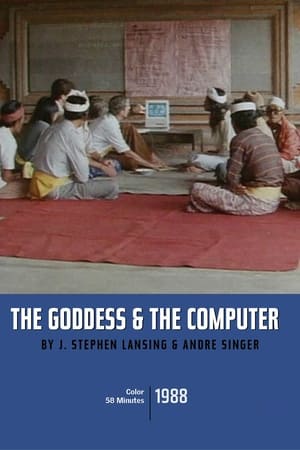 0.0
0.0The Goddess and the Computer(en)
For centuries, rice farmers on the island of Bali have taken great care not to offend Dewi Danu, the water goddess who dwells in the crater lake near the peak of Batur volcano. Through an analysis of ritual, resource management practices (planting schedules, irrigation vs. conservation, etc) and social organization, anthropologist Steve Lansing and ecologist James Kremer discover the intricacy and sustainability of this ancient water management agricultural system.
 8.0
8.0The Grange Fair: An American Tradition(en)
This Emmy award-winning documentary chronicles a vanishing piece of Americana: the last remaining agricultural encampment fair in the country, and the families who spend months preparing for this unique rural phenomenon.
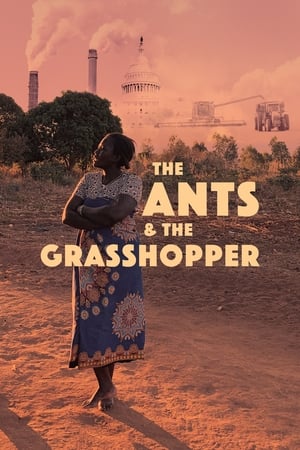 7.3
7.3The Ants and the Grasshopper(en)
Anita Chitaya has a gift: she can help bring abundant food from dead soil, she can make men fight for gender equality, and maybe she can end child hunger in her village. Now, to save her home in Malawi from extreme weather, she faces her greatest challenge: persuading Americans that climate change is real. Traveling from Malawi to California to the White House, she meets climate sceptics and despairing farmers. Her journey takes her across all the divisions that shape the USA: from the rural-urban divide, to schisms of race, class and gender, and to the American exceptionalism that remains a part of the culture. It will take all her skill and experience to help Americans recognise, and free themselves from, a logic that is already destroying the Earth.

